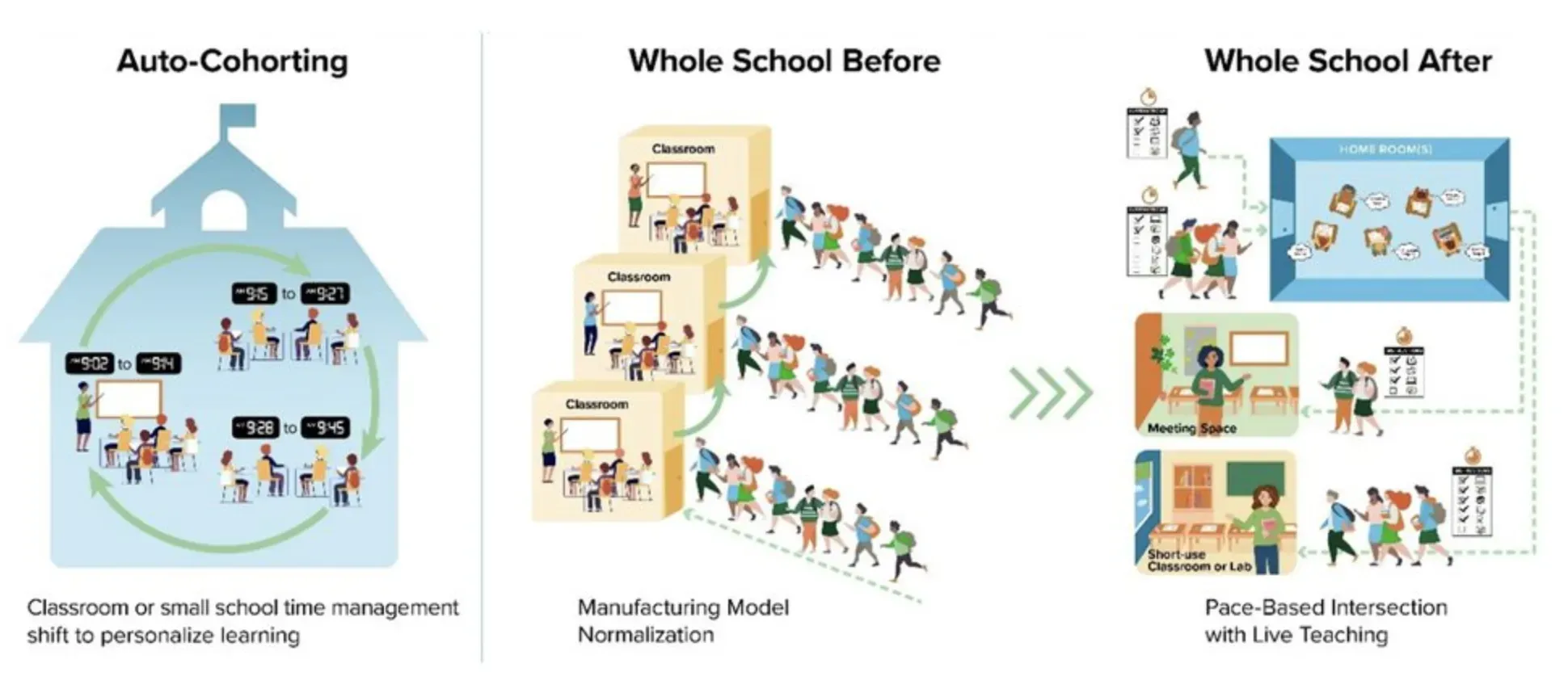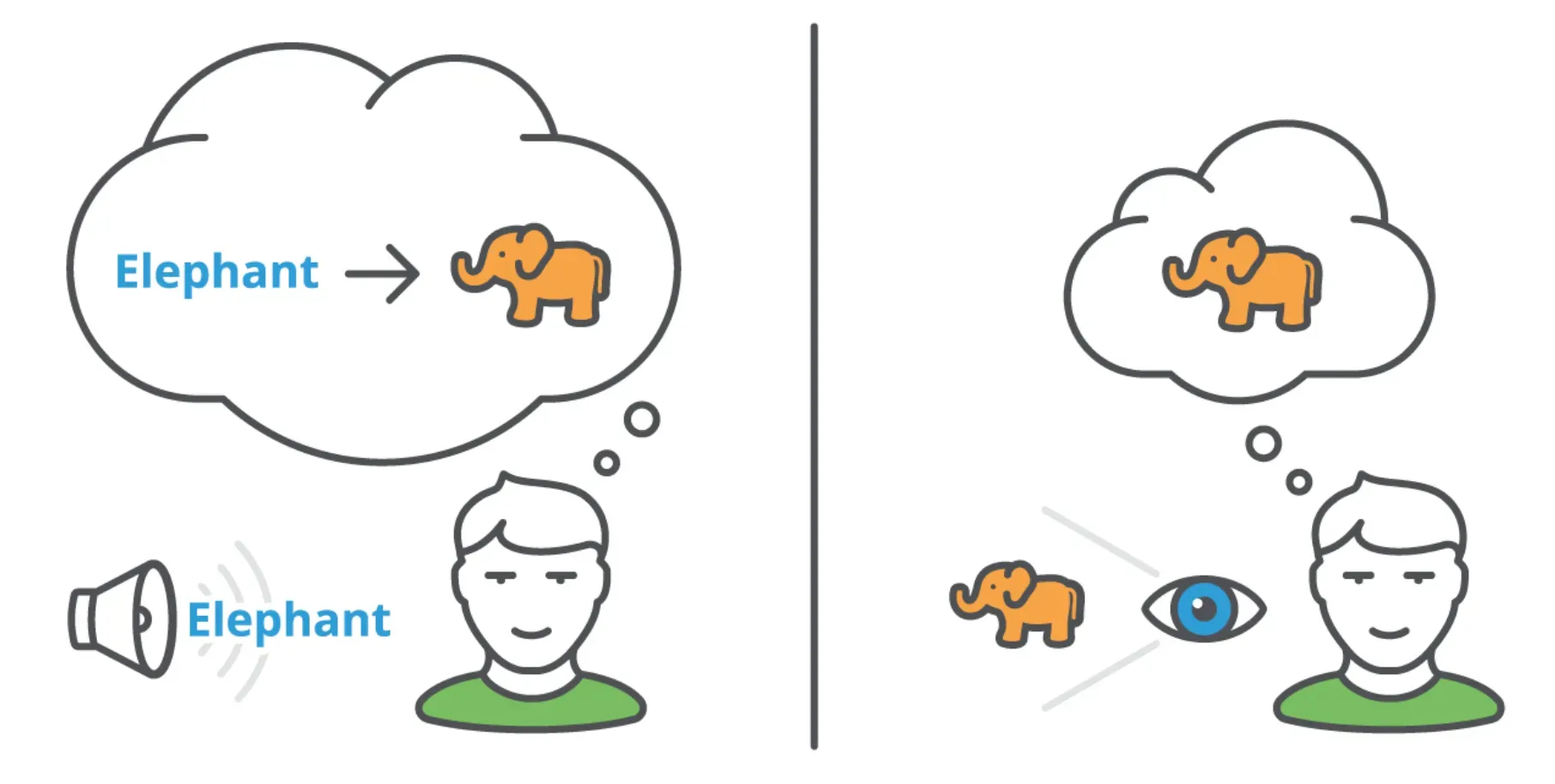What is Spatial-Temporal Reasoning?
Spatial-Temporal Reasoning, at its core, is about understanding the relationship between space and time.
It is the cognitive ability to visualize and manipulate patterns within a space-time continuum, encompassing spatial relations and movement in time.
Components of Reasoning
Spatial-Temporal Reasoning comprises two aspects: Spatial reasoning (emphasizing location and transformation of objects in space), and Temporal reasoning (focusing on chronological order, simultaneity, and duration).
Importance of Spatial-Temporal Reasoning
This kind of reasoning is critical for everyday tasks, problem-solving, planning, and understanding complex systems of events that unfold over time and space.
Spatial-Temporal Reasoning in Different Fields
From computer science to cognitive psychology, geography, and philosophy, Spatial-Temporal Reasoning is deeply anchored and relevant across diverse disciplines.
Why is Spatial-Temporal Reasoning Important?
Unraveling the significance of this complex cognitive process helps us appreciate its profound role in diverse activities and fields.
Role in Everyday Tasks
Spatial-Temporal Reasoning is used unconsciously in day-to-day activities such as navigating spaces, scheduling appointments, or playing sports.
In Problem Solving and Critical Thinking
Spatial-Temporal Reasoning is pivotal when solving complex problems that require visualization and manipulation of spatial-temporal patterns.
In Learning and Development
This form of reasoning is crucial for child development and learning, especially in subjects like mathematics, science, and art.
In Technology and Artificial Intelligence
In tech, Spatial-Temporal Reasoning aids the development of algorithms for autonomous vehicles, robotics, and AI, enabling machines to navigate and respond appropriately to dynamically changing environments.
In Research and Exploration
Spatial-Temporal Reasoning is vital in research fields like archaeology, climatology or astrophysics, where understanding events in space-time is quintessential.
When is Spatial-Temporal Reasoning Used?
Spatial-Temporal Reasoning is utilized in various situations, both consciously and unconsciously.
Navigational Tasks
When interpreting maps or using a GPS, we use Spatial-Temporal Reasoning to comprehend and predict movement through space.
Puzzles and Games
Board games, video games, and puzzles require players to make sense of spatial-temporal patterns to formulate strategies and make decisions.
Planning and Scheduling
We employ this type of reasoning when organizing tasks and events, considering spatial constraints and temporal order simultaneously.
Design and Construction
Architects and engineers need Spatial-Temporal Reasoning to visualize a structure in space and over time, from design to completion.
Understanding Natural Phenomena
Scientific disciplines that interpret natural phenomena, like earthquake prediction or climate change modeling, require comprehensive Spatial-Temporal analysis.
Where is Spatial-Temporal Reasoning Used?
Spatial-Temporal Reasoning pervades various disciplines and sectors, accentuating its ubiquity and importance.
In Education
Spatial-Temporal Reasoning plays a crucial role in teaching and learning. Math, science, and art are fields where this kind of reasoning is particularly pertinent.
In Technology
From autonomous cars to virtual reality, Spatial-Temporal Reasoning informs crucial aspects of technological advancement and application.
In Research
In scientific research - especially fields like physics, geology, or archaeology - understanding spatial-temporal patterns is indispensable.
In Planning and Management
Urban planners, logistics managers, and event coordinators employ Spatial-Temporal Reasoning to optimize space usage and schedule activities.
In Health and Medicine
Temporal-Spatial analysis also finds application in health research and medical fields, for instance, in understanding disease spread or plan patient care schedules.
How Does Spatial-Temporal Reasoning Function?

Delve into the process of how Spatial-Temporal Reasoning operates.
Visualization
The initial step involves visualizing the objects or events and their spatial arrangement.
Transformation and Manipulation
Then, this cognitive process entails mentally manipulating these visualized objects or scenarios.
Understanding Temporal Dynamics
This step includes understanding the sequence, duration, and timing of events related to the objects or locations.
Making Predictions
Based on the spatial-temporal data interpreted, predictions about possible future scenarios are made.
Application and Problem Solving
Finally, the spatial-temporal insights are derived to aid in solving problems, making decisions, or planning activities.
Cognitive and Neurological Aspects
The ability to reason spatial-temporally is hardwired into our cognitive and neurological frameworks.
Cognitive Processes Involved
Spatial-Temporal Reasoning involves various cognitive processes such as attention, memory, perception, and problem-solving.
Developmental Psychology Perspective
Spatial-Temporal Reasoning skills develop as a part of cognitive maturation in childhood and play a crucial role in learning and academic performance.
Neuroscience Perspective
Neuroscientific studies reveal that specific areas of the brain, like the hippocampus and prefrontal cortex, are associated with Spatial-Temporal Reasoning.
Impairments and Disorders
Certain disorders, such as Dyscalculia or non-verbal learning disabilities, may be associated with impaired Spatial-Temporal Reasoning skills.
Improving Spatial-Temporal Reasoning
Research shows that training and regular practice can enhance Spatial-Temporal reasoning skills, benefiting both cognitive performance and brain health.
Technological Application of Spatial-Temporal Reasoning
Spatial-Temporal Reasoning has profound implications in technology, influencing application design and programming.
Autonomous Vehicles
Spatial-Temporal Reasoning is crucial in programming autonomous vehicles to navigate through dynamic urban environments and traffic.
Robotics
Robots rely on Spatial-Temporal Reasoning algorithms to perform tasks like object manipulation, path planning, and humanoid movement.
Artificial Intelligence and Machine Learning

In AI and ML, Spatial-Temporal Reasoning assists in understanding complex data patterns for prediction and decision-making tasks.
Virtual Reality and Gaming
Spatial-Temporal Reasoning is key to designing VR experiences and games where players interact in a spatial-temporally dynamic environment.
Geographic Information Systems (GIS)
GIS technologies use Spatial-Temporal Reasoning to analyze and visualize spatial and temporal data for planning, management, and research.
Research and Development in Spatial-Temporal Reasoning
Continual research in this domain promises to yield crucial insights and advancements.
Research Methodologies
A variety of methods, including psychological experiments, neuroimaging techniques, and computational modeling, are used to investigate Spatial-Temporal Reasoning.
Recent Developments
Exponential technological growth has facilitated breakthroughs in mapping the brain's spatial-temporal circuitry and developing sophisticated AI algorithms.
Future Research Directions
Future research aims to better understand the neural basis of Spatial-Temporal Reasoning, develop advanced training interventions, and create more accurate AI systems.
Challenges in Research
The complexity of Spatial-Temporal Reasoning, coupled with the difficulties of studying cognitive processes and brain activity, makes it a challenging research area.
Potential Impact of Research
Further development and understanding of Spatial-Temporal Reasoning can profoundly impact education, technology, and our understanding of the human mind.
Best Practices in Spatial-Temporal Reasoning

Just like any cognitive skill, Spatial-Temporal Reasoning can be honed and enhanced. Here are the best practices for optimizing this form of reasoning.
Regular Practice
Engage in activities that stimulate spatial and temporal processing, such as puzzles, board games, or navigation tasks.
Exposure to Related Disciplines
Acquainting yourself with subjects like geometry, physics, or music can enhance Spatial-Temporal Reasoning skills.
Use of Technology
Apps and computer games geared towards boosting spatial-temporal cognition can be a helpful tools.
Visual Aid
Making use of visual aids such as diagrams, mind maps or simulations can enhance understanding of complex spatial-temporal relations.
Incremental Challenge Approach
Start with simple spatial-temporal tasks and gradually progress to more complex problems to keep improving your reasoning ability.
Challenges in Spatial-Temporal Reasoning
While Spatial-Temporal Reasoning is a pivotal capacity, it brings along a set of unique challenges.
Cognitive Limitations
Humans have inherent cognitive limitations in grasping complex spatial-temporal patterns or multi-dimensional space-time schemas.
Lack of Standardized Assessment
There is a lack of standardized tools and methods to evaluate spatial-temporal reasoning abilities across different age groups and populations.
Diverse Implementation
The way Spatial-Temporal Reasoning works can vary across different disciplines, making it a challenge to develop a universally applicable understanding or approach.
Language and Cultural Differences
Language and cultural styles can influence our understanding and navigation of space-time, contributing additional complexities.
Neurological and Developmental Aspects
Neural, genetic, and developmental factors can influence the capacity for Spatial-Temporal Reasoning, adding to the complexity of the field.
Examples of Spatial-Temporal Reasoning
There are countless examples of Spatial-Temporal Reasoning in action in our everyday life, professional work, and technological interactions.

Daily Life
When cooking a multicourse meal, you use Spatial-Temporal Reasoning to time the dishes so they will all be ready at the same time.
Board Games
In chess, players need to think several moves ahead, predicting the opponent's movements and planning their strategy based on the spatial arrangement of pieces and possible future configurations.
Work Environment
An event planner utilizes Spatial-Temporal Reasoning skills to envision the space layout and event timeline, ensuring smooth proceedings.
GPS Navigation
A GPS navigation system uses Spatial-Temporal data to suggest optimal routes based on real-time traffic and distance information.
AI and Robotics
In a warehouse, an autonomous sorting robot uses Spatial-Temporal Reasoning algorithms to pick up, move, and sort packages efficiently.
Architectural Design
Architects use the principles of Spatial-Temporal Reasoning while designing a building to understand how the different parts interact and how people will move through them over time.
Natural Disaster Management
Seismologists employ advanced Spatial-Temporal analyses to predict possible earthquake trends and plan for disaster management.
By keeping these best practices, challenges, and examples in mind, one can better understand, utilize, and enhance their Spatial-Temporal Reasoning abilities.
Frequently Asked Questions (FAQs)
How do Spatial-Temporal Reasoning Skills Support Problem Solving?
Spatial-temporal reasoning combines spatial visualization with predicting changes over time. These skills help humans and AI navigate real-world environments and solve problems, like path planning and understanding dynamic situations.
What Role Does Spatial-Temporal Reasoning Play in Robotics?
Spatial-temporal reasoning is vital in robotics for navigation, motion planning, object manipulation, and interaction with dynamic environments. It helps robots adapt and complete tasks in constantly changing circumstances.
Can Spatial-Temporal Reasoning be Applied to Computer Vision?
Spatial-temporal reasoning enhances computer vision by enabling the understanding of spatial relationships and changes within a scene. It supports applications like video analysis, anomaly detection, and object tracking in video data.
How Does Spatial-Temporal Reasoning Impact AI Gaming Agents?
In AI gaming agents, spatial-temporal reasoning helps assess the game environment, anticipate dynamics, and make decisions. It enhances agents' ability to reason about space and time, outmaneuver opponents, or predict their actions.
How are Recurrent Neural Networks Linked to Spatial-Temporal Reasoning?
Recurrent Neural Networks (RNNs) are suitable for modeling spatial-temporal relationships due to their recurrent structure, which can process sequences of data. RNNs can capture temporal patterns and learn spatial representations essential for spatial-temporal reasoning tasks.

